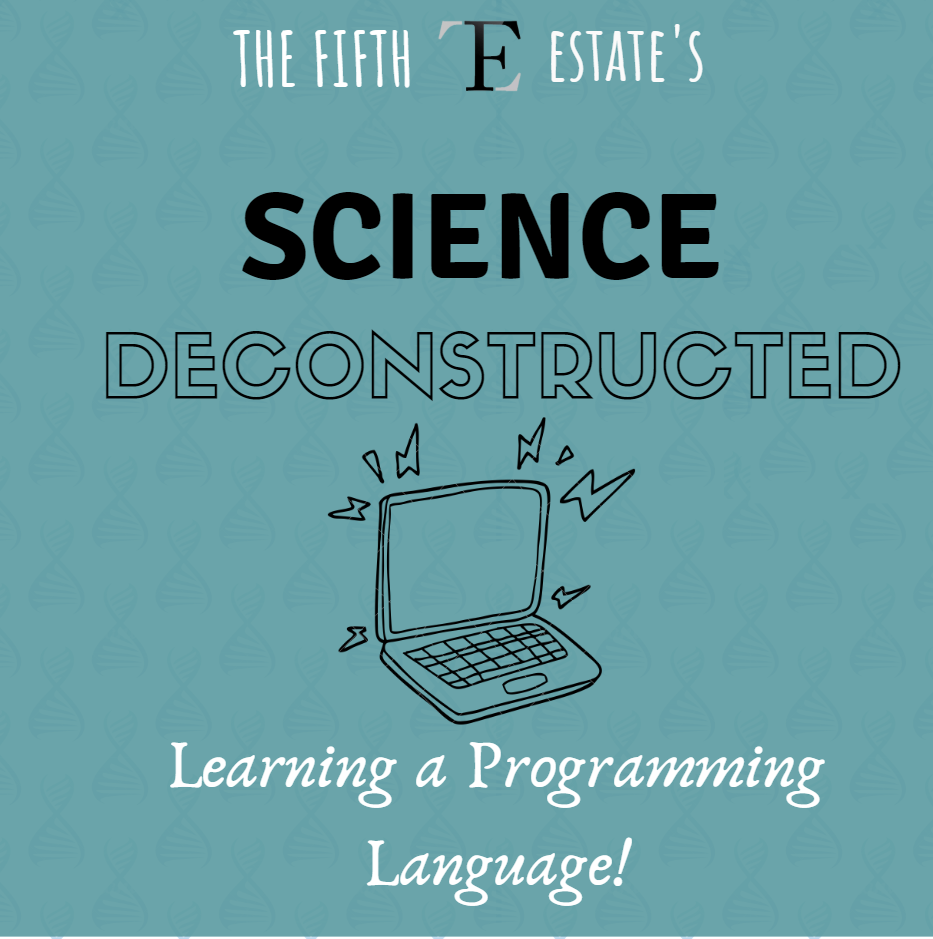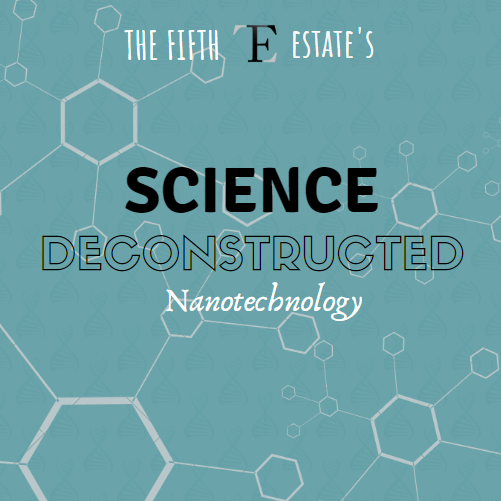It all started off with an idea which might seem quite ordinary now but at the time was so radical and frankly incendiary, that Darwin himself likened it to confessing a murder. Evolution has played a major role in shaping the natural history of the Earth since life began. Humans have themselves, knowingly or unknowingly, played their part in the selection of organisms with characteristics that helped them better survive in their environment.
Evolution in nature, to put it in technical terms, involves changes in inheritable characteristics of populations over several generations. Directed evolution is a scientific method that mimics the eons-old process of evolution in a laboratory. For example, in protein engineering it is used to ‘direct’ proteins or nucleic acids towards a certain goal that the user wishes to achieve.

xkcd comics
Directed evolution made its foray into popular science in 2018, when the Nobel Prize for Chemistry was awarded to Dr. Frances Arnold, who is currently a professor at the California Institute of Technology.
Frances Arnold was raised in Pittsburgh and she graduated with her bachelor’s degree in mechanical and aerospace engineering from Princeton University. Frances continued with her doctoral studies in chemical engineering at the University of California, Berkeley before first arriving at California Institute of Technology in the 1980’s.
She originally intended to work on bio-fuels after the oil crisis of the ’70’s and the Three Mile Island nuclear power accident. However, she ended up turning her mind towards biotechnology and the question of protein engineering, which was still in its nascent stages then.
Long before the theories behind directed evolution were envisioned, humans had realised that the mutability of nature was something that could be used to their advantage. However, they lacked the means to actually introduce these changes into a population, and so they had control only over screening populations of various organisms for any desired traits. The next step in the engineering of evolution came with the discovery of mutagens, which induced mutations or small changes in an organism’s DNA. In theory, however, the ideas behind directed evolution were first discussed as far back as 1984 when Manfred Eigen published a paper detailing a possible process for the directed evolution of enzymes.
Enzymes are essentially proteins that perform an unimaginable variety of functions, both in the human body as well as in an industrial setting. There are genes behind every enzyme, which are specific DNA sequences that dictate the basic structure and consequently the complex folding and assembly that makes the function of an enzyme possible.

xkcd comics
What was the scenario like in this field when Frances Arnold started out? It was full of biochemists and molecular biologists tinkering with genetic sequences, and as an engineer herself, she took a different approach to the problem.
“Why on earth would you try to design something you don’t understand?” Dr. Arnold says. “Evolution is the only molecular optimization method we know, so why not use it?”
Her method for directing the evolution of proteins involved the following steps. The first step involves introducing mutations into the gene of a particular enzyme. These new variants are introduced into bacteria, which produce new enzymes. After screening them to find the variants which have the desired properties their DNA is extracted and the process is repeated again, generation after generation until a final variant is obtained which matched their specifications.

She aimed to create a new version of the enzyme subtilisin E which would work in a highly unnatural environment (in relation to it’s activity) like in a denaturing solvent like dimethylformamide (DMF), instead of the aqueous environment that is present in a cell. Subtilisin is a stain cutter used in dish-washing, detergents and contact lens cleaners. After just four rounds of the process detailed above, a variant of the enzyme was recovered which showed a 256-fold increase in the activity of the enzyme in DMF as compared to the original ‘wild-type’ enzyme that they had started out with.
Another interesting application of the process of directed evolution in Arnold’s lab involved an enzyme called cytochrome c from the bacteria Rhodothermus marinus. This was engineered to catalyse carbon-silicon bonds with a high efficiency. The resulting enzyme had a turnover that was 15 times higher than any non-enzyme catalyst used for the process! Another enzyme was evolved to be active even at a temperature that was 14 degrees higher than the optimum, which was a huge achievement considering how highly sensitive to temperature enzymes are.
Enzymes evolved using directed evolution have been used in multiple areas, including the production of bio-fuels, pharmaceutical products, detergents and consumer products. Some examples of these include taste enhancers and drugs against diabetes. These enzymes also could provide us with an environment-friendly set of catalysts that do not require the use of any toxic materials.
If you want to learn more about this fascinating process, the documents officially released by the Nobel Society, such as this link provides the scientific background behind enzyme engineering and Frances Arnold’s work. This interview given by Frances Arnold for Slate Magazine includes some fascinating facts about her life and her journey in science. If you’re curious about the science behind this discovery, there are several courses offered in the institute which can aid in understanding these fundamentals. A basic course in biochemistry or molecular biology (offered by the department of Biotechnology) would be a good start to learn the basics behind the functions of these biomolecules. BT5012 – Enzyme structures and mechanisms – is another course that may be of interest to anyone who wants to go further into the field. BT3032 – Evolutionary Biology – can be taken up by someone interested in learning more about evolution as well. There are innumerable online resources and courses which provide information on these topics as well.
Directed evolution has enormous untapped potential, as we have probably not reached the limits of what engineered proteins can do just yet. From the voyage of the HMS Beagle to the frontiers of what enzymes can do – we’ve still got a long way to go.
Science Deconstructed is a series which aims to introduce some exciting advancements made by the scientific community in simple terms with guidance on how to pursue these fields in the institute, along with features of research by groups in the institute. Send in your requests for the same at [email protected]. Suggestions/ comments are always welcome.
Series by: Sankalpa Venkatraghavan



